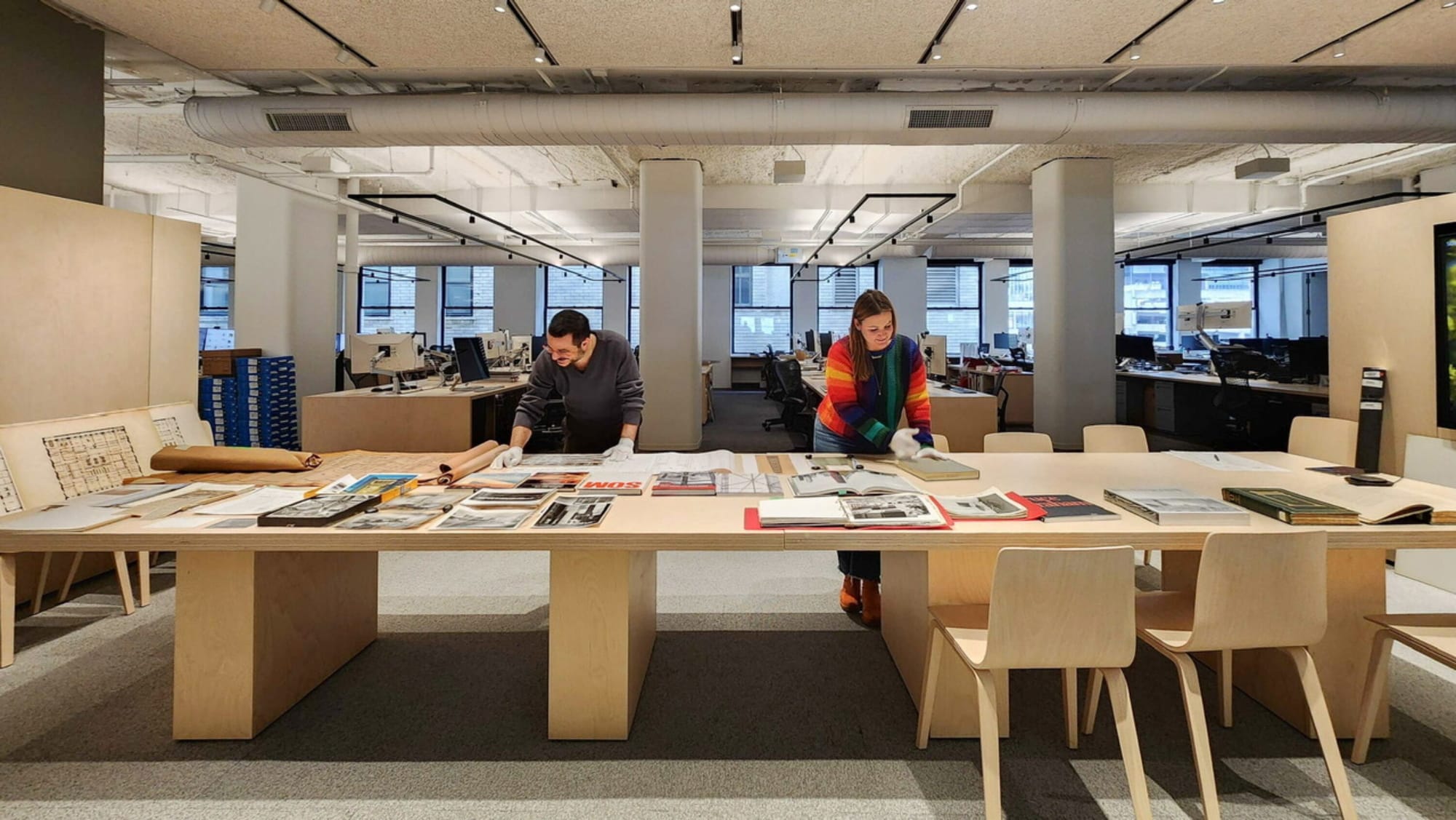The Act of Preserving Lived Experiences with Jonathan Solomon from Preservation Futures
Jonathan Solomon from Preservation Futures talks about diversifying Preservation's roles, perspectives and philosophies.

Written by Sudhiksha Srinivasan
Is preservation just about freezing buildings in time or could it forge a new path with adaptive re-use and community empowerment? Seeking an answer, I caught up Jonathan Solomon, Co-founder of Preservation Futures. He was recently elevated into the honor of College of Fellows by the American Institute of Architects(AIA) for the year 2024.
“Architects who have made significant contributions to the profession and society and who exemplify architectural excellence can become a member of the AIA College of Fellows. Only 3% of the AIA members have this distinction” states the AIA College of Fellows website. Jonathan is also Associate professor at the School of the Art Institute of Chicago.
He described Preservation Futures as primarily involved in historical research and preservation regulatory work. This includes nominating buildings for landmark status locally or nationally, assisting owners of historic buildings in accessing and understanding various incentives for property repair and upkeep, and collaborating with owners or enthusiasts on educational programming related to historic buildings' functions. Additionally, they also engage in restoration design work.
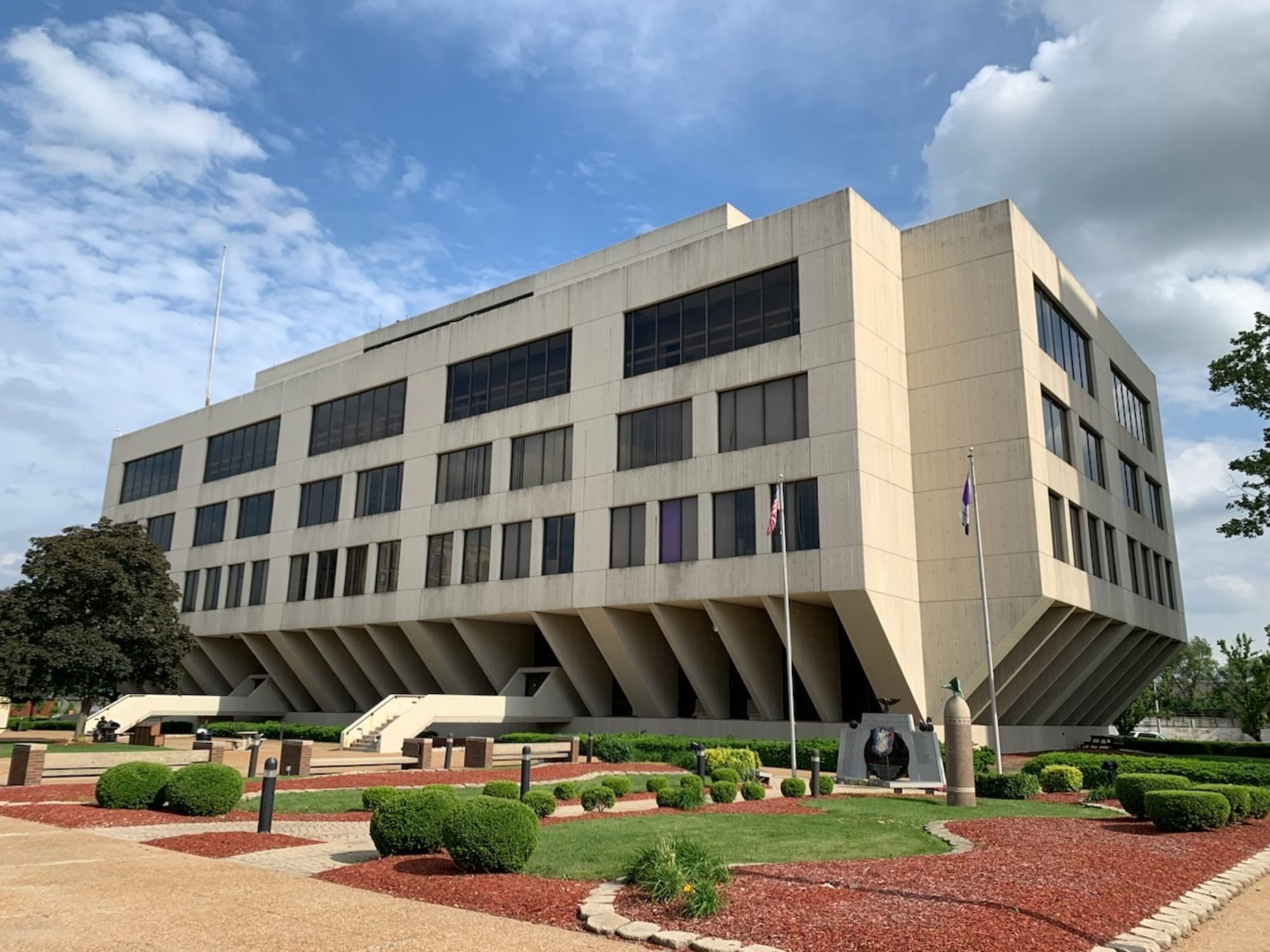
Journey from Advocate to Co-founder of Preservation Futures
Preservation had long been a part of Jonathan's professional landscape, though he didn't acknowledge it until recently. In 2018-2019, he collaborated with a group of friends to advocate for Chicago's James R. Thompson Center. Having grown up in the city of Chicago, his ties to the building ran deep; his mother's employment at the state led him to frequent the building. From the young age of 8, he found the center's futuristic design and urban integration captivating,
“I experienced it as something unexpected and as something completely new, both in its futurism. Even at that age, I was able to arrive by bus after school, walk in, walk up to the elevators, ride the elevators up and down. I felt a sort of ownership of it and a kind of excitement around it.
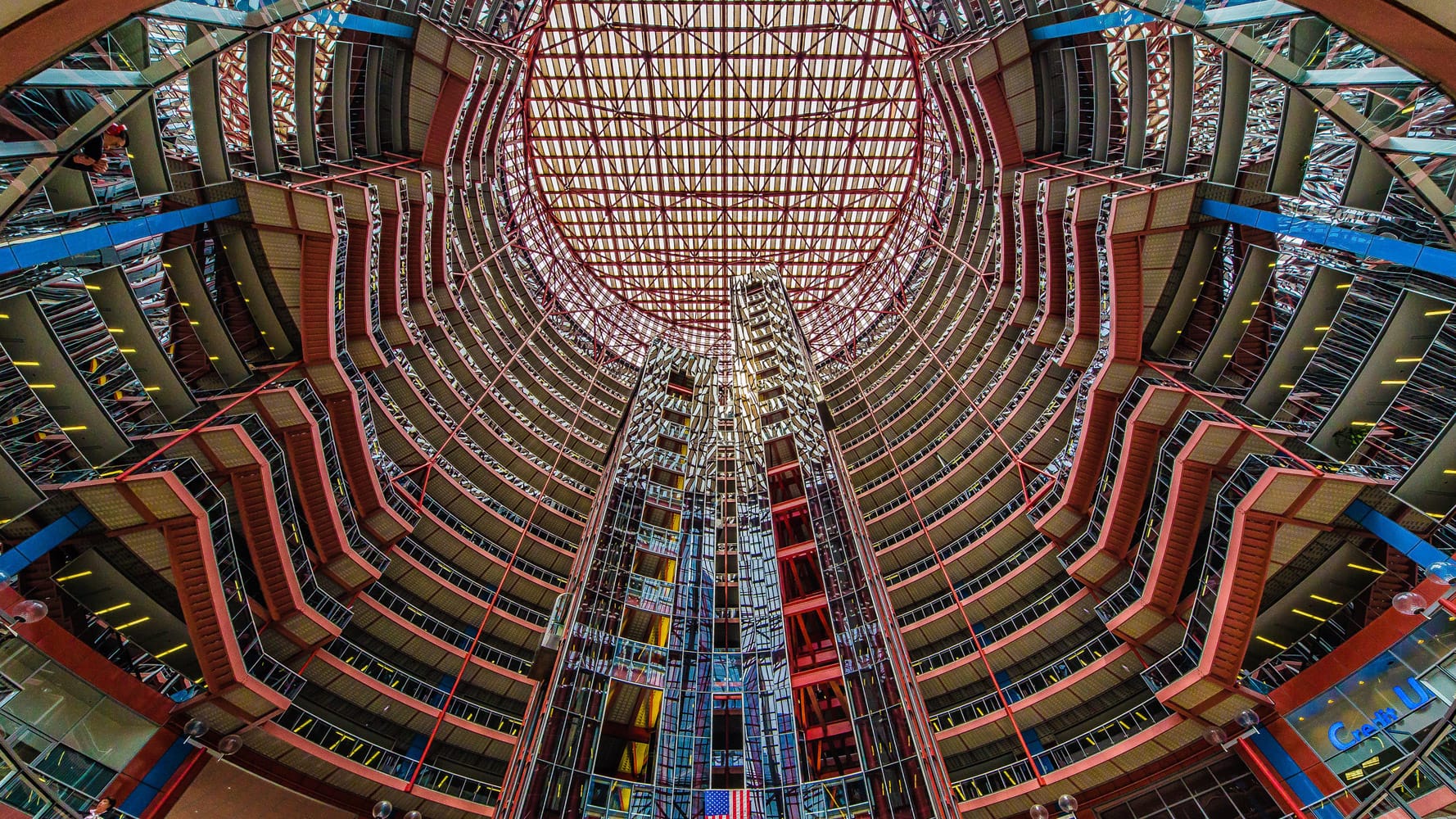
Despite the initial allure, the Thompson Center faced challenges, fueling a fascination with its narrative akin to viewing the building as a character in the city's story.
“It was also a building that was in the news because it had some early mechanical failures. What I've said in the past is that it was almost like the building was a super villain because it was terrorizing the city, like torches of 95 degrees weeks, elevators that would track people. I really was frustrated that the rest of the city, at best, thought that it was an eyesore. At worst, it was eager to see it torn down”.
“It was just fascinating to me to live through this”, he recalled.
This first foray into advocacy involving efforts to preserve the Thompson Center became a pivotal experience which led to a commission to draft its National Register nomination, one of the only National Register nominations for postmodern buildings to be written till date.
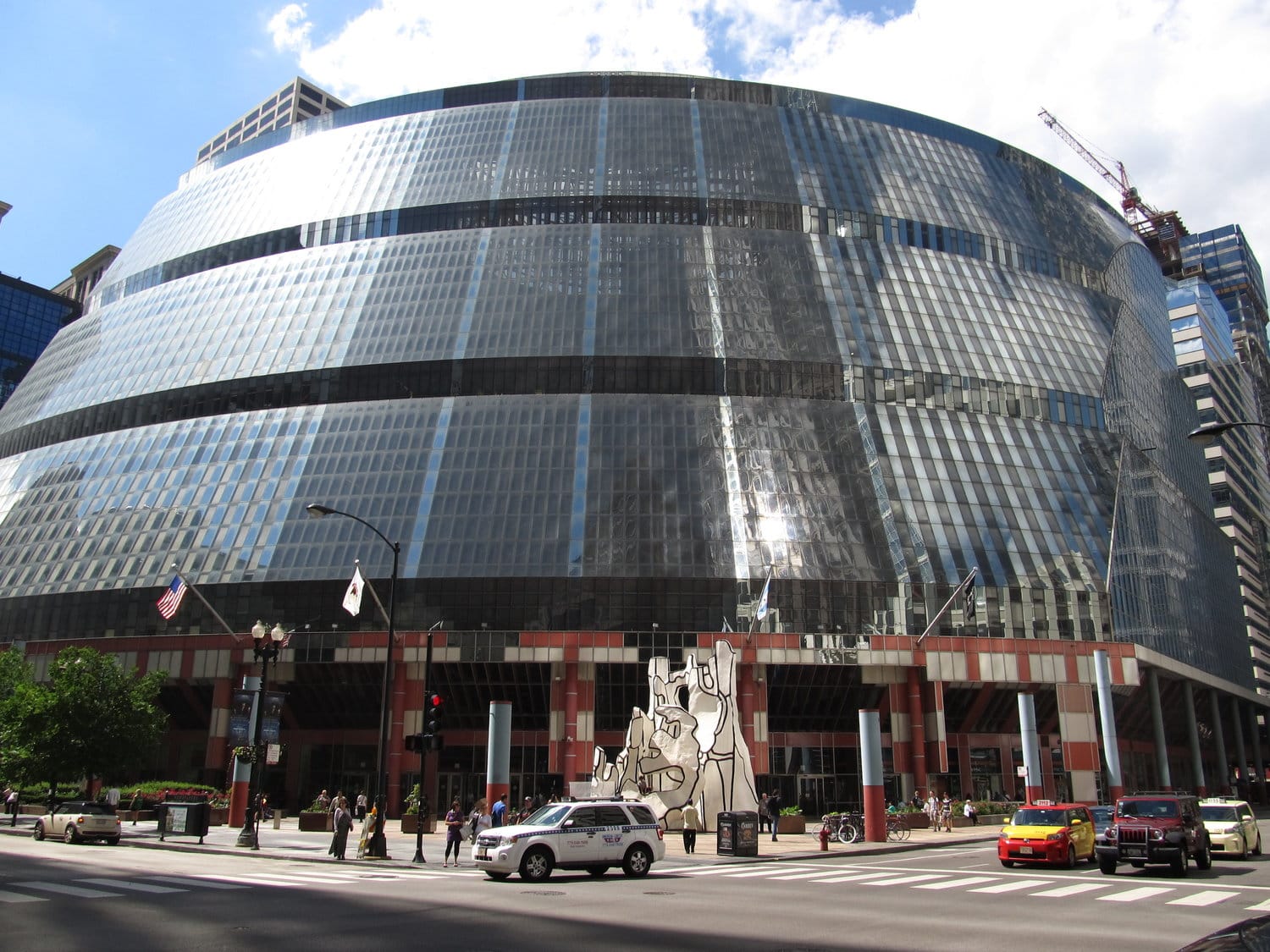
This experience shed light on the inner workings of preservation as a discipline, prompting him to co-found Preservation Futures with his partner Elizabeth Blasius. Their mission is to address the preservation of recent past structures and challenge systemic biases within the field.
Their first goal involves preparing preservation for buildings from the 1970s, 80s, and 90s, recognizing their imminent historical significance, "How do we prepare preservation for that?". This proactive approach aims to bridge the gap between current perceptions and future realities.
Their second goal centers on confronting ingrained biases within preservation practices, particularly those stemming from the discipline's origins in the 1960s.
“One of our goals was to overcome what are best described as systemic biases in how preservation was formed as a discipline in the 1960s, which happened here in the US. That happened through legislation, the National Historic Preservation Act, established a set of guidelines for determining whether a property was historic.
Baked into those guidelines are biases that really limit the way in which preservation understands what is history. Even preservationists out to do good often are stuck in a system that just sees the world in a very narrow way. If you go back and you read that documentation, we would call it today, out of date.
It focuses on histories that are mainstream, predominantly white and male, focusing explicitly on American history through the eyes of settlement, and not through the eyes of lived experiences of Americans. That is an issue in preservation that we are not alone in identifying or working on, but it's one that we feel very strongly about trying to see change.
That was the origin of our firm's name”.
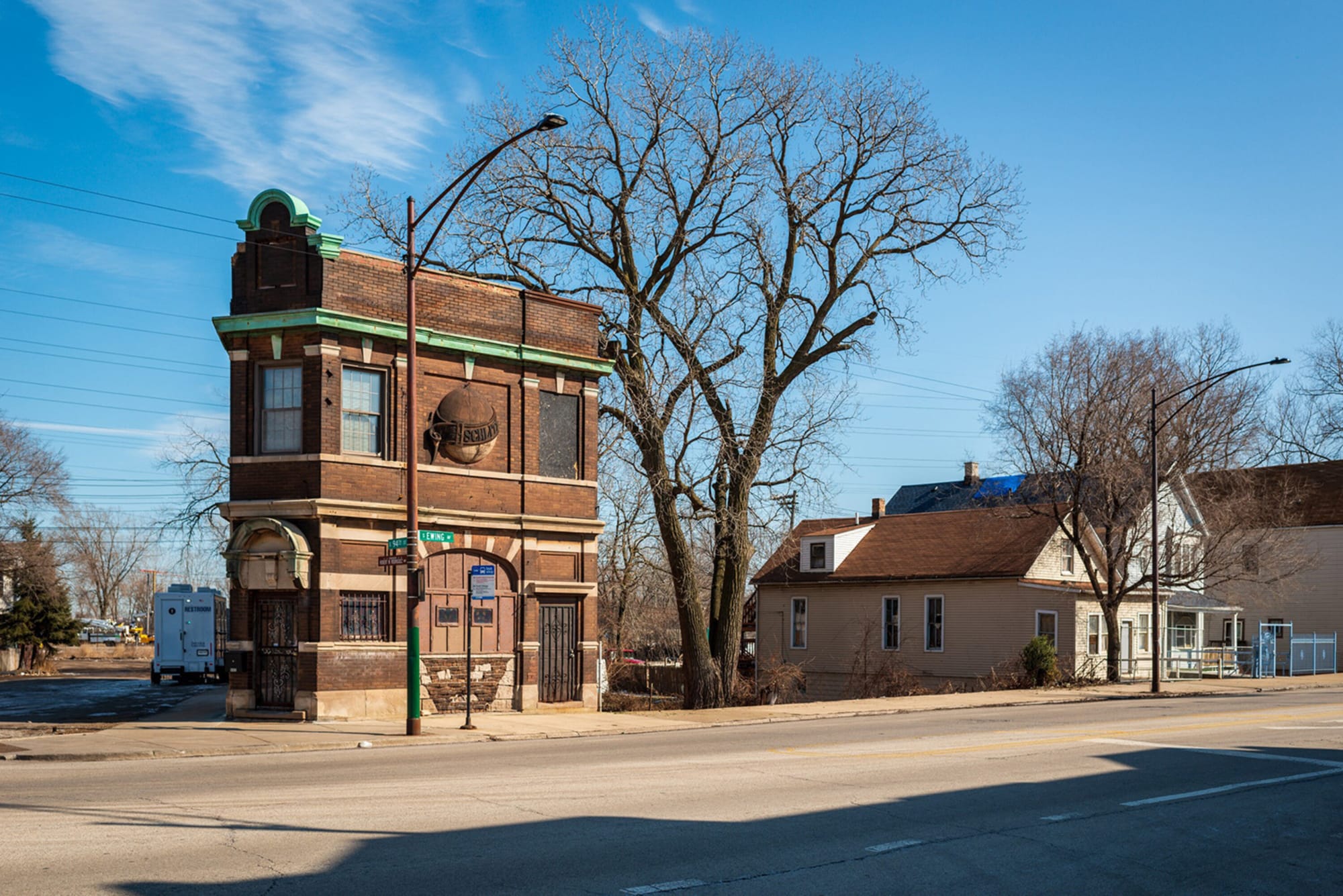
Revolutionizing Preservation: A Paradigm Shift in Community-Driven Philosophy
In early 2020, Jonathan met Naomi Davis, the president and CEO of Blacks In Green during a Zoom memorial for his mentor, Michael Sorkin. Shortly, Naomi sought his assistance in a sustainable housing project in West Baltimore, a venture Michael had been involved in. They then collaborated for about six months on the "House as Garden" initiative, endeavoring to realize Naomi's vision.
During the summer of that year, Naomi presented Jonathan with a new opportunity of the acquisition of the Emmett Till house. Initially familiar with Emmett Till's historical significance, Jonathan was unaware of the profound story behind Mamie Till, Emmett's mother, and their former residence's neglect. Naomi's acquisition of the house sparked a series of events, including Jonathan's involvement in crafting a landmark nomination, which was successfully passed by the Chicago city council in the spring of 2021.
This endeavor, amidst the backdrop of the COVID-19 pandemic and the resurgence of racial justice movements, highlighted the urgency of preserving historically significant sites. His engagement with the Till House project evolved, transitioning from volunteer work to a formal preservation consultancy role within his firm, Preservation Futures.
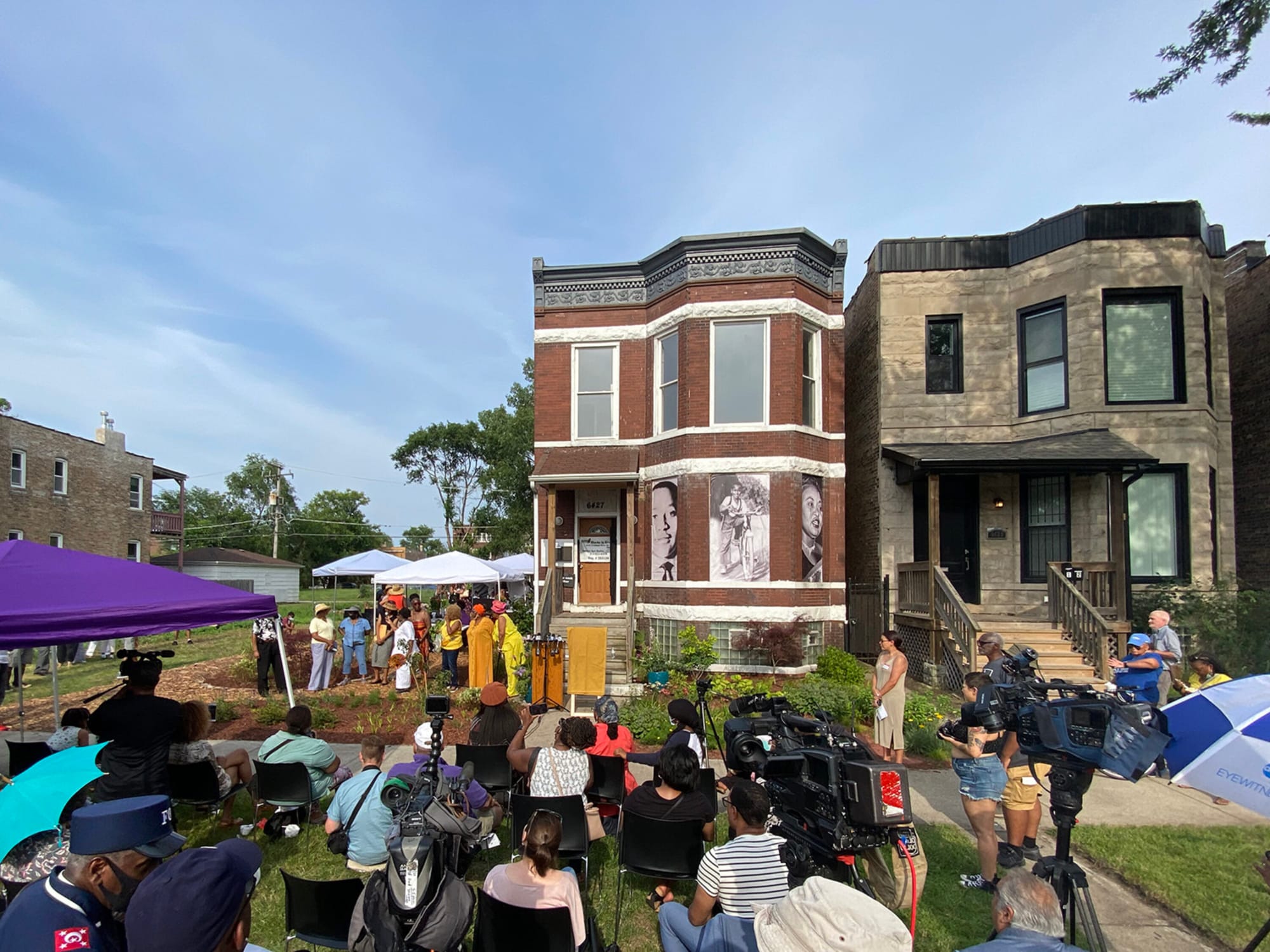
He continued to work with Naomi and her team, including Ellen Grimes, Nuri Medina and David Yacca, on the development of a vision for the Till House. This was part of a neighborhood vision that Naomi called the Sustainable Square Mile. It included sustainability, accessibility, ownership of housing, and what Naomi calls a live-work-play. Walk-to-live, Walk-to-work, Walk-to-play neighborhood, where everything is accessible on foot, and it included a tourism economy as a part of that.
“So what was exciting about that, and also challenging, was that preservation, which is often in opposition to development, where developers will often want to stay away from preservation because they see it as a hindrance, makes things more complicated, it slows things down, it limits flexibility once you invite preservation into a project” .
The Till House project exemplified a paradigm shift in preservation philosophy, moving away from an architecturally driven approach to one rooted in community empowerment. Rather than imposing preservation mandates, Jonathan and his team prioritized amplifying community voices and facilitating access to resources for preservation efforts.
This shift resonated deeply with him, as it aligned with his belief in the value of preserving community histories. Collaborating with groups like the Cairo Historical Preservation Project in Illinois underscored the importance of listening, documenting, and amplifying marginalized voices in preservation endeavors.
Patience and Transparency: Key Tenets of Community-Centered Preservation
Jonathan emphasized the importance of patience and transparency in preservation efforts, particularly when engaging with historically marginalized communities.
“These are communities that have been either ignored or had their history taken from them and taken advantage of over and over again, so in some sense the answer will sound obvious, which is to be patient, listen well, to be transparent about our role and our goals; to also understand our role as service providers and not our role as anything else. The short answer, is it takes time and it took me time to build trust with all of the clients who we're working with”.
Reflecting on Preservation Futures' role as a for-profit consultancy, he distinguished their approach as service-oriented, prioritizing clients' needs and goals. "We are not volunteers, we are service providers," he asserted, highlighting the contractual nature of their work.
When asked about financial considerations, Jonathan acknowledged the disparity in accessing preservation resources, particularly for small businesses and nonprofits. He underscored the challenge of navigating complex funding mechanisms and tax incentives, which are often tailored to larger corporations. In response, Preservation Futures assists clients in identifying and applying for grants and funding opportunities.
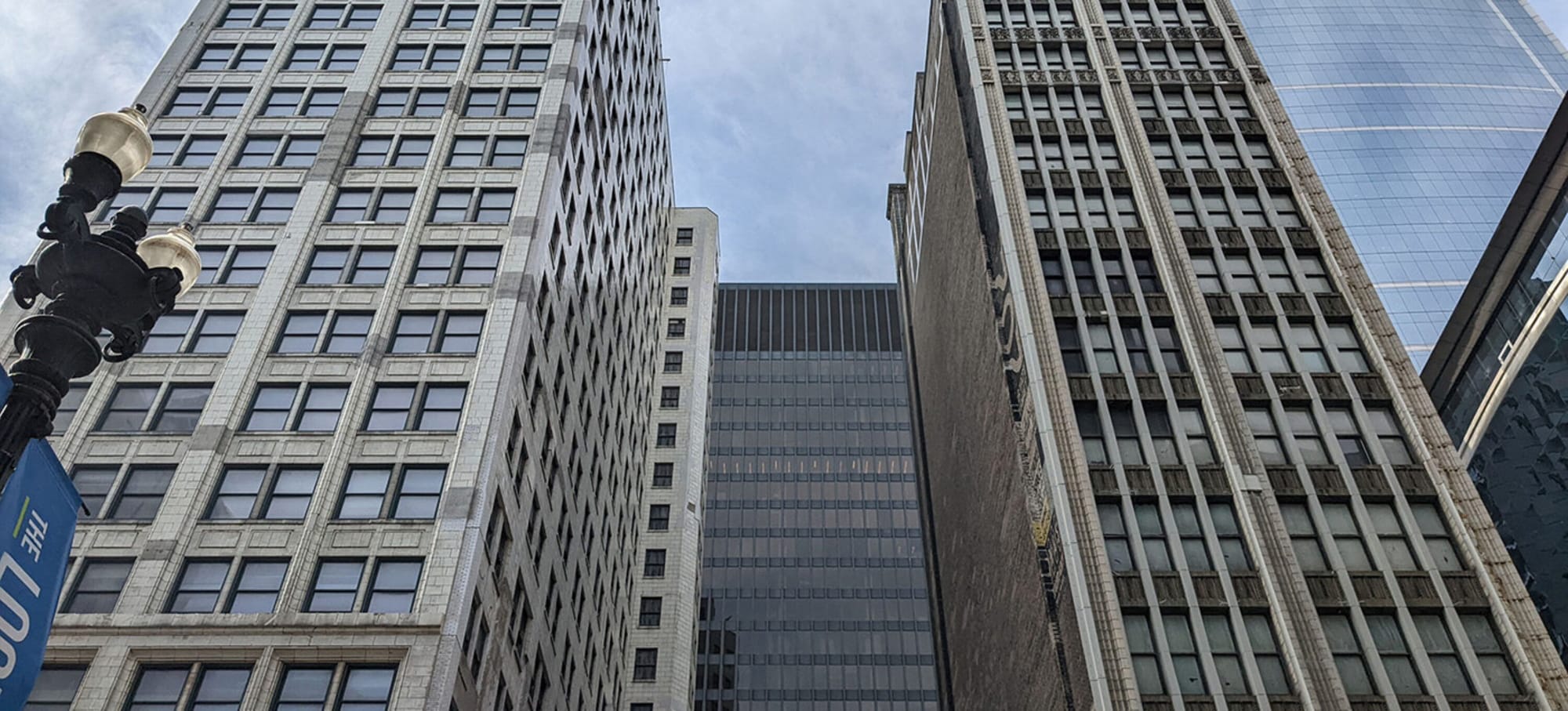
Navigating the Preservation Path: Insights for Aspiring Preservationists
Jonathan challenged the notion that preservation is solely about freezing buildings in time, advocating for adaptive reuse as a preferable alternative to demolition. He encourages aspiring preservationists to explore roles beyond traditional preservation offices, suggesting opportunities in government, policy, finance, construction, and architecture. His advice to preservation enthusiasts is to diversify their skill set and seek employment in fields related to the built environment, leveraging their passion for preservation across various sectors.
Drawing from his own background as an architect and his partner Elizabeth's training in preservation, he highlighted the interdisciplinary nature of preservation work. Whether it's understanding construction, financing, design, maintenance, or even how buildings are represented in media, preservationists can contribute from multiple angles, enriching their field with diverse perspectives and expertise.
He also mentioned how scarce and underfunded, Preservation jobs can be particularly in municipal governments like Chicago's, where much of the preservation work is carried out by nonprofits. He aims to change this landscape by establishing Preservation Futures as a for-profit service provider, offering diverse services including design work. He also emphasized that preservationists can be found in various professions, such as architecture, where over half of the work involves existing buildings.
Jonathan encouragingly mentioned that even though Preservation Futures is not currently hiring, they welcome inquiries through their website. He also encourages those interested to explore volunteer opportunities with their projects or engage with organizations like Blacks In Green for environmental advocacy initiatives. Additionally, he also highlighted that various Chicago-based organizations such as Landmarks Illinois, Preservation Chicago, and the Chicago Architecture Center offer programming to introduce individuals to preservation work and its practitioners.
